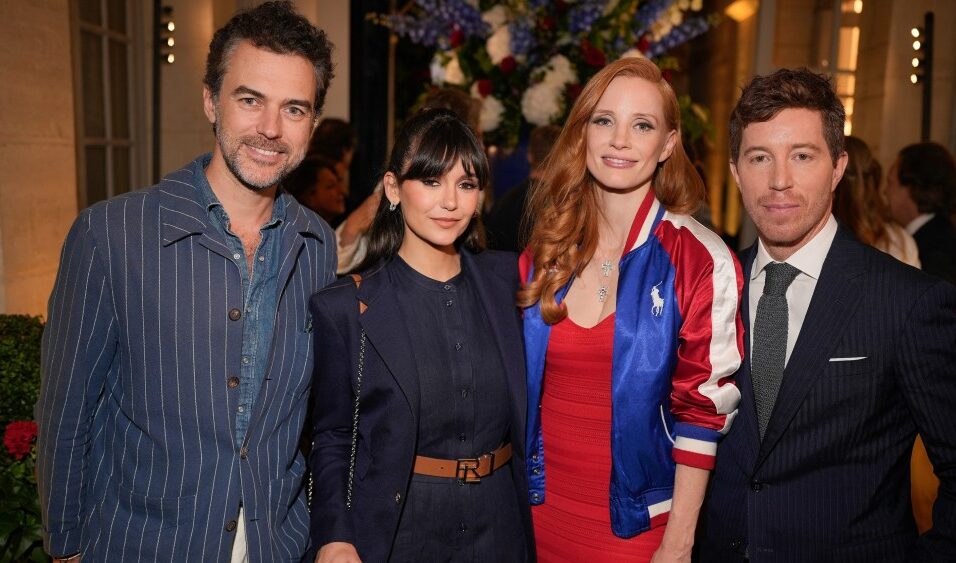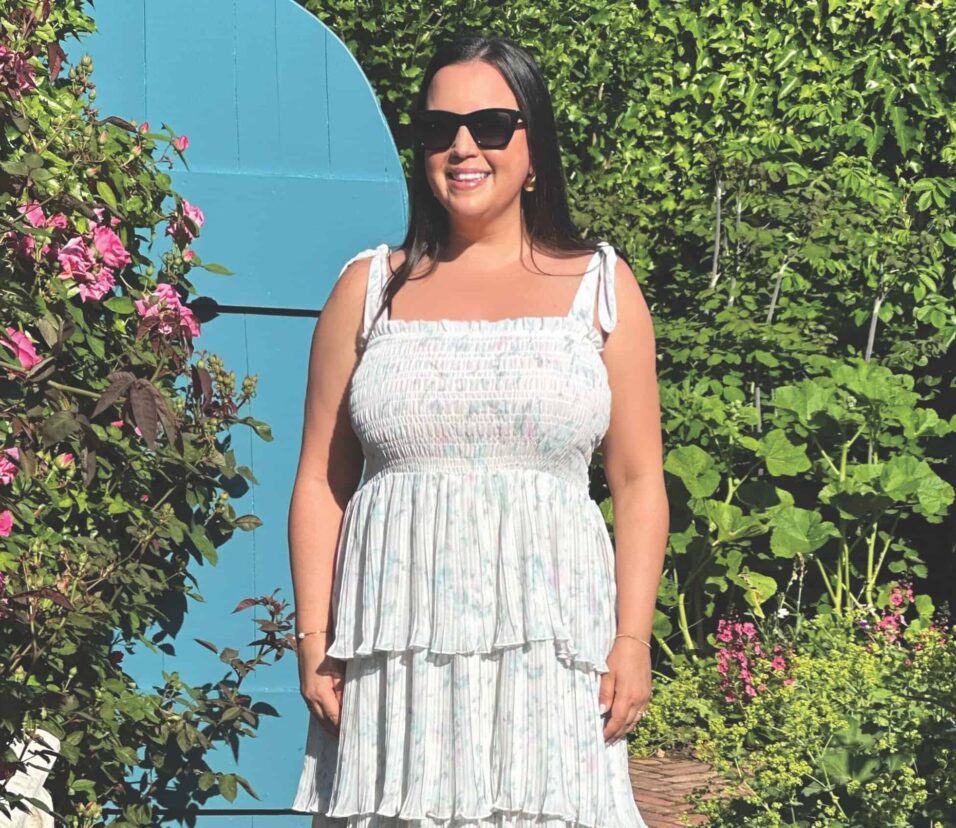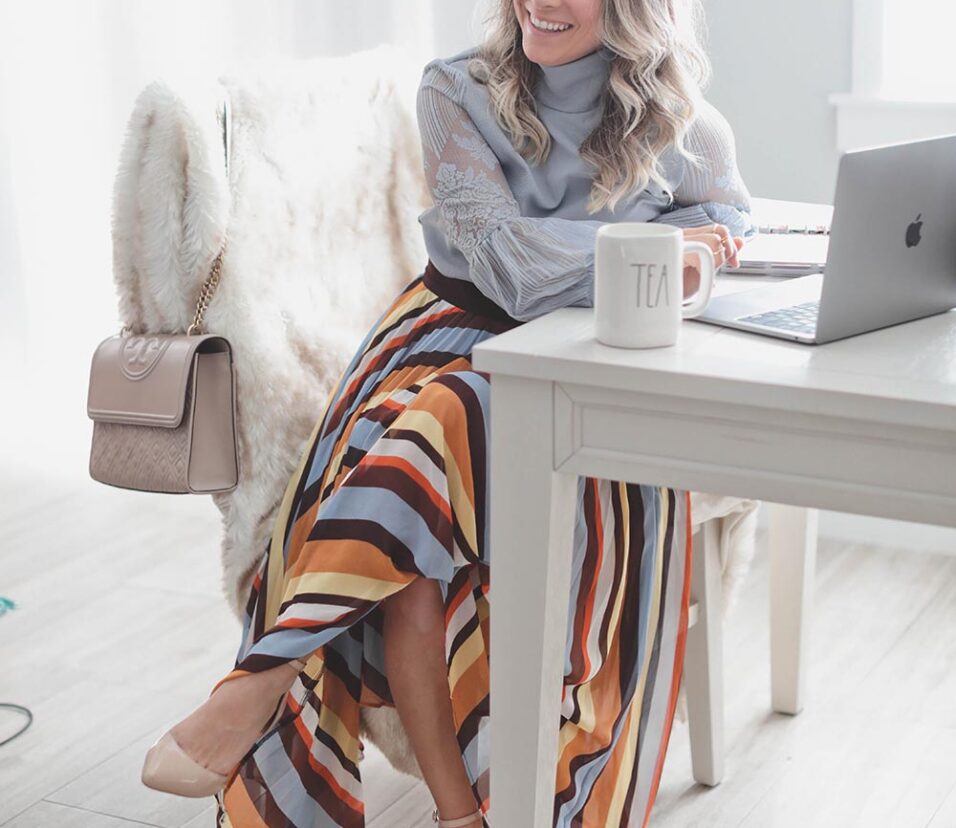Indian Fashion Designers Wade Into Beauty

Manish Malhotra’s entry into beauty was a long time coming.
Beauty has always played a role in the designer’s work, since his debut as a Bollywood costume designer in 1990, where he introduced the concept of “styling a whole look” to ensure the hair, makeup and nails matched the protagonist’s apparel. His styling of Sridevi in the film “Gumrah” in 1993 marked the “first time a Bollywood actress had one haircut throughout a movie,” he said.
“Makeup and hair has been a very important part of my work, it can make or break a look,” he said. So when he was approached by The Good Glamm Group (the company behind tennis player Serena Williams’ Wyn Beauty brand), Malhotra knew he had to do it.
Manish Malhotra Beauty launched in October 2018, with a collection dripping in glam and glitter—multi-textured eyeshadow palettes (in foil, metallic and matte), high shine lipsticks, nail lacquers, glosses and highlighters within a price range of 800 to 1500 rupees (about $9 to $18). Today, the brand’s lipsticks form a major part of its best selling product portfolio, bringing in 75 crore rupees ($8.9 million) in sales annually. Manish Malhotra Beauty is backed by investors such as Warburg Pincus, Prosus Ventures, L’Occitane and Bessemer Venture Partners and currently sells over 150 SKUs. It plans to expand further in India and internationally.
Indian couture designers like Malhotra, long restricted to runways or the niche customer base that can afford their prices, are finding ways to tap into beauty. Unlike Malhorta, however, most of these remain limited-edition partnerships: In October 2017, the designer Gaurav Gupta launched the scent “Again” in collaboration with fragrance brand The Perfume Library. In February 2019, Manish Arora designed skincare label Kama Ayurveda’s Valentine’s gift box. Last year, Payal Singhal partnered with Indian beauty brand Kiro Beauty to launch a range of matte nudes for Indian skin, whose previous collaboration with skincare brand Ranavat in 2020 saw a self-care collection packaged in her signature botanical motifs.
There was clearly an opportunity for more. The retail value of India’s beauty and personal care market was worth $16.5 billion in 2023 and is predicted to grow 11.5 percent to $18.4 billion by 2026, according to Euromonitor International.
Designer Masaba Gupta, who launched her cosmo-wellness brand LoveChild in August 2022 with lipsticks, nail colors and wellness-driven products like an anxiety oil, now does beauty full time besides running her fashion business. However, she realised soon after that focusing on colour cosmetics is the way to go.
“With skincare, we’re not a market that will read an article online and pick up retinol,” she said
Gupta’s products come clad in dopamine-inducing packaging, with bright illustrations and signature Masaba prints, and range between 175 and 2200 rupees ($2-26).
“You will never mistake us for another brand if you see us on a shelf,” she said.
Consistent Brand Identity
For Indian designers, who constantly work with models, makeup artists and brides, extending their ability to anticipate trends from fashion to beauty seems befitting. However, some observers sound a note of caution.
“Beauty is often seen as the moneymaker, which begs the question if the designer is genuinely interested in beauty, and are they investing the same principles, attention to detail, thought and time into their beauty offerings as they do with their clothes?” Vasudha Rai, author of beauty and wellness books “Glow” and “Ritual”, pointed out.
Maintaining consistency across both lines was key for fashion designer Sabyasachi Mukherjee when he launched a beauty line with Estée Lauder in March 2024.
“It’s important for me to create something timeless, and I’ve done that with my clothing,” said Mukherjee,in a February interview with Business of Fashion. “My hope is that a woman can find a [lipstick] shade in this [beauty] collection that they can stick with for years and years.”
Mukherjee also made sure the luxury feeling was retained in his beauty offering. His line with Estée Lauder features 10 lipsticks, encased in 24-carat gold-plated tubes and embellished with his design signature, the Royal Bengal tiger. They retail at a premium price of 5,400 rupees ($64) each.
For designers like Malhotra, the connection to Bollywood also helps create a selling proposition that translates across categories, because “Bollywood is what really creates popular culture in our country,” said Darpan Sanghvi, Good Glamm Group’s founder and CEO.
Dressed in glossy black and gold with curved edges, Malhotra’s beauty dispatch provides a double unboxing experience. The aim is to “relive the care with which you’d open a beautiful Manish Malhotra outfit,” said Sanghvi.
Catering to Local Audience
Still, for these brands to grow, they need to reach more than just the upper echelon of Indian shoppers. And when your consumer base diversifies and isn’t limited to the affluent, so should your communication and SKUs to meet their needs.
Gupta’s decision to use Hinglish (a blend of Hindi and English) in her communication stemmed from the need to communicate with a broader population and not leave those in smaller cities behind. Her product names too, are peppered with inherently Indian phrases, like the Nazar Na Lage (a Hindi term for evil eye to ward off evil) Kajal, or Rani (Hindi for a deep pink or queen) liquid lipstick.
Beauty standards can differ wildly from country to country, and more consumers are looking for authentic solutions based on the uniqueness of geography and culture. This is an area of opportunity for homegrown designers to highlight their roots. Plus, many Indians want to support homegrown beauty labels — according to a Mintel India report, 41 percent of Indian consumers strongly agree that it’s important to support local brands that understand their needs.
“This sentiment is reflected in the growth of homegrown brands that offer products tailored to Indian beauty needs, such as makeup for Indian skin tones,” said Tanya Rajani, principal analyst, beauty and personal care, Mintel India.
Lovechild’s 18-shade foundations, launched in January 2024, took a year in the making and involved working with research agency NEPA to conduct a consumer study. The results claimed a 90 percent shade match to Indian skin tones.
That goes for marketing, too. The brand released a campaign in February 2024 with the Mumbai Indians women’s cricket team, which Masaba said is an example of the brand’s philosophy of making products for all of India. Lovechild saw sales and revenue grow threefold in the second half of 2023, owing to doubling down on bestsellers, full category play with makeup, maximizing on the festive period and scaling up at marketplaces.
Masaba’s highly targeted marketing approach has also served the brand well, she suggests.
“I’m very happy I don’t have a ton of followers [on social media], it’s sizable but a very meaningful following who believes me, likes me but will not blindly buy my product,” said Masaba.






Leave feedback about this